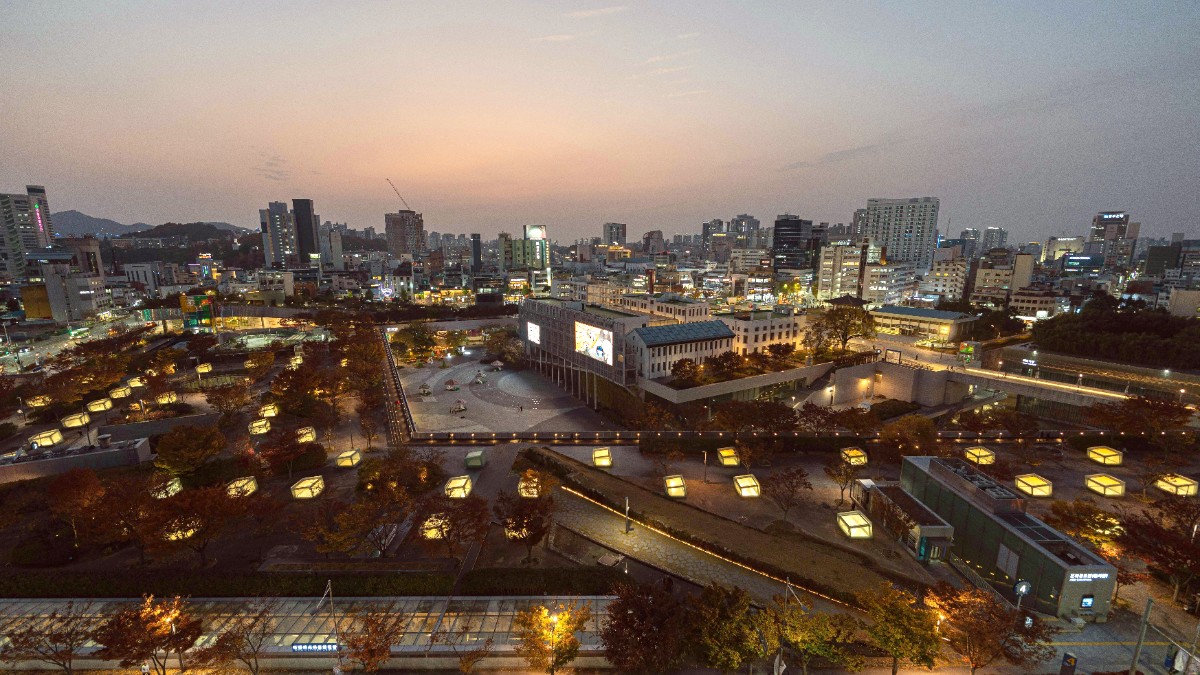
Jeollanam Do, South Korea
Several locations close to Gwangju present distinct attractions. These are readily reachable by public transport.
Intercity buses from Gwangju U-Square Bus Terminal are often the simplest and most frequent way to reach Damyang, Naejangsan (via Jeongeup), Suncheon, and Jeonju. For Mokpo, both KTX from Gwangju-Songjeong Station and intercity buses serve well. Public transport allows for independent exploration.
Jeollanam-do offers many natural getaways close to Gwangju, inviting you to experience striking landscapes.
Wolchulsan National Park features dramatic granite peaks and the Cloud Bridge. It takes about 1-1.5 hours by bus from Gwangju.
The Boseong Green Tea Fields are known for their beautiful terraced plantations, about 1.5-2 hours by bus from Gwangju.
Beyond Gwangju's urban limits, the surrounding area presents a wealth of cultural outings that explore Korea's rich heritage.
A preserved fortress town from the Joseon Dynasty, still inhabited. A living history experience.
A historically significant site for Goryeo celadon pottery, known for its superb green glaze.
Damyang's rural settings and Boseong's tea plantations present traditional life insights.
Seonamsa Temple and Songgwangsa Temple, both significant Buddhist temples and UNESCO World Heritage sites near Suncheon, offer peaceful spiritual experiences and beautiful architecture.
These sites offer a tangible connection to Korea's past and how traditional life appeared. They showcase local customs and architecture.
Gwangju is a superb point for multi-day extensions, permitting exploration of the Jeolla region or connections to other parts of South Korea.
Combine Gwangju with Jeonju (for its Hanok Village and food culture), Suncheon (for its natural beauty and traditional village), and Yeosu (a coastal city).
From Gwangju, explore Mokpo, then consider a ferry to Jeju Island, or discover the many islands in Sinan County, known for their natural beauty.
Popular choices include Busan, South Korea's second-largest city. Jeju Island, a volcanic UNESCO World Heritage site, offers unique natural landscapes.
Transportation connections are well-established for all these extensions. High-speed trains and extensive bus networks simplify regional travel.
Seoul to Jeonju, Gwangju, Suncheon, Yeosu, then Busan or back to Seoul.
From Gwangju, explore Mokpo, then islands or Jeju Island, before proceeding to Yeosu and Busan.
These routes offer a comprehensive discovery of South Korea beyond its capital.